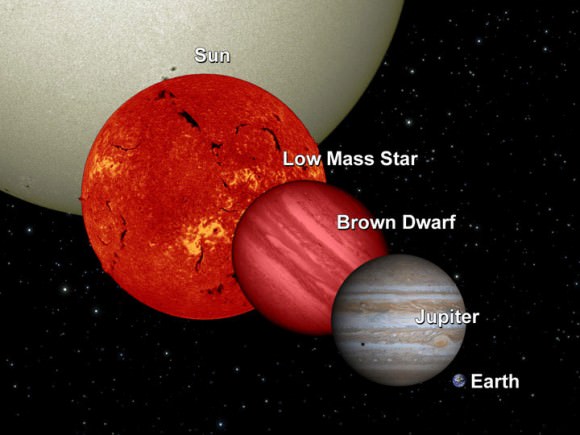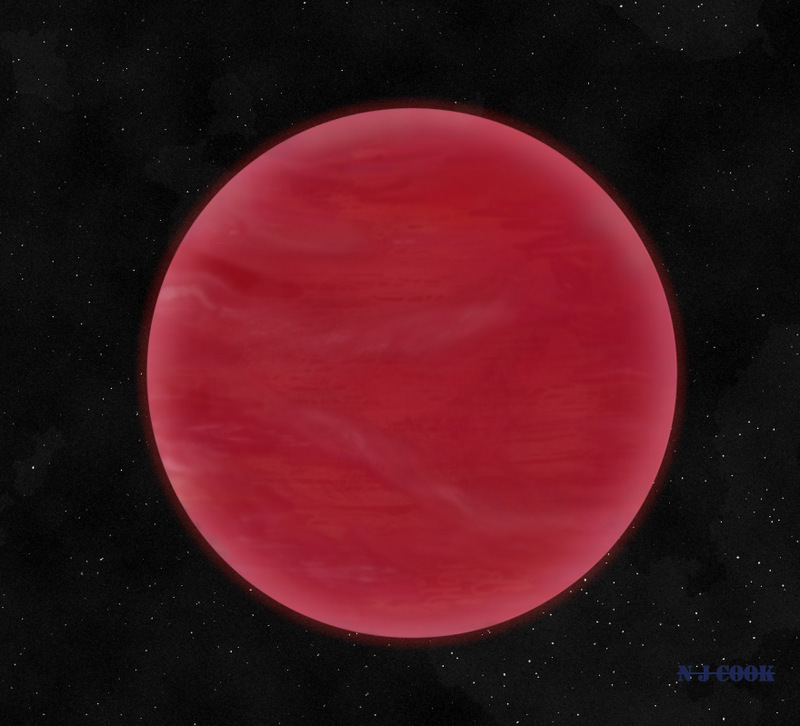Dust clouds on a brown dwarf or “failed star” are making it appear redder than its counterparts, new research reveals. Better studying this phenomenon could improve the weather forecast on these objects, which are larger than gas giant planets but not quite big enough to ignite nuclear fusion processes to become stars.
“These are not the type of clouds that we are used to seeing on Earth. The thick clouds on this particular brown dwarf are mostly made of mineral dust, like enstatite and corundum,” stated Federico Marocco, who led the research team and is an astrophysicist at the United Kingdom’s University of Hertfordshire.
Using the Very Large Telescope in Chile as well as data analysis, “not only have we been able to infer their presence, but we have also been able to estimate the size of the dust grains in the clouds,” he added.
The brown dwarf (known as ULAS J222711-004547) has an unusual concoction in its atmosphere of water vapor, methane, (likely) ammonia and these mineral particles. While scientists are only beginning to wrap their head around what’s going on in the atmosphere, they noted that the size of the dust grains can influence the color of the sky and make it turn redder.

“Being one of the reddest brown dwarfs ever observed, ULAS J222711-004547 makes an ideal target for multiple observations to understand how the weather is in such an extreme atmosphere,” stated Avril Day-Jones, an astrophysicist at the University of Hertfordshire who co-authored the paper.
“By studying the composition and variability in luminosity and colours of objects like this, we can understand how the weather works on brown dwarfs and how it links to other giant planets.”
You can read more about the research in the Monthly Notices of the Royal Astronomical Society or in preprint version on Arxiv.
And by the way, there’s been other exciting work lately in brown dwarfs; another group recently released the first weather map of another failed star (and we have some information on Universe Today on how that was done, too!) Also, there are other weird brown star atmospheres out there, as this 2013 find shows.
Source: Royal Astronomical Society


I’m not one for crystal ball gazing but I can foresee I time when the IAU will be forced to consign the term “brown dwarf” to the garbage dump of history.